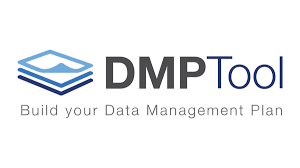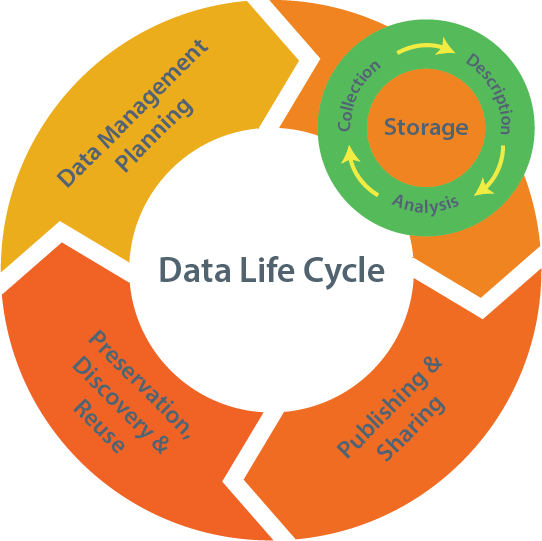Why do we write a DMP?
Principle Investigators and research team are responsible for writing DMPs. They may consult funding agencies and knowledge transfer department in their institutions for comments. They may also seek advice from the data repository of their choice in order to meet the repository requirements.
In CUHK, researchers may contact:
Many funding agencies provide DMP templates. These templates are often available on some online DMP writing tools. Even if your funding agency does not have a template, you may also refer to some general templates, such as the one by Digital Curation Centre. It is therefore recommended to write a DMP with a DMP writing tool.
Two popular online DMP writing tools are  and
and  . DMPTool is supported by the University of California Curation Center, while DMPonline by the Digital Curation Center from the UK.
. DMPTool is supported by the University of California Curation Center, while DMPonline by the Digital Curation Center from the UK.
To support CUHK researchers, the CUHK Library has developed DMP service using  . CUHK staff and students can sign into the platform with institutional login using OnePass credentials.
. CUHK staff and students can sign into the platform with institutional login using OnePass credentials.
Benefits of using the DMPTool:
Enjoy the benefits by creating a DMPTool account with your CUHK email.
We write a DMP at the proposal or project planning stage, before the collection of data. The DMP may form a part of the proposal submitted to a funding agency.

A DMP usually covers:
For details of these section, please refer to "Content of DMP".
DMPs created in proposal stage should be updated throughout the research cycle, particularly at the end of a research project. The content should align with how data have been managed during the research process. The updated DMP will be kept on the DMP repository (e.g. DMPTool), linking to the datasets deposited in a data repository, and made publicly available, where appropriate.